Fueling an Ecosystem
Author: Tucker Birmingham, Upstream Alliance
It is 450 million years ago, the end of the Ordovician Period. Planet Earth is unrecognizable. There are no trees, algae is the most complex plant, and the land is almost entirely uninhabited. In the sea, fish are just beginning to explore the benefits of having a jaw bone. It will be another 200 million years before the first dinosaurs walk the earth.
Several mass extinctions later, one animal remains that can still be seen today: the Atlantic Horseshoe Crab.
More closely related to a spider than a crab, the horseshoe crab is a clear case of “if it ain’t broke, don’t fix it.” Able to eat almost anything it can fit in its jaw-less mouth, the horseshoe crab has found an effective ecosystem role and stuck with it. Their hard shell deters predators, and they spend the majority of their lives scuttling along the bottom of the ocean floor in isolation.
With ten eyes along the sides of their shell, the horseshoe crabs are capable of seeing polarized light in a way that humans cannot. Using this light, they establish an internal compass, and can find their way back to the same breeding territory every year, even when the ocean floor has changed or they have lost navigational landmarks.
Once every year, the entire population of the Atlantic Horseshoe Crab surfaces by the light of the full moon. Millions can be seen along the east coast of the United States, but nowhere has as high a concentration of horseshoe crabs as the Delaware Bay. You can expect thousands of dinner-plate sized crabs surfacing on a single beach. The females are busy looking for a spare piece of land to lay their eggs, while the males are busy looking for the females. Larger than the males and outnumbered five to one, the females lead conga lines of the males as they climb out of the surf. In this rush to reproduce, the horseshoe crabs stampede each other, and their gills are re-purposed as legs to help them maneuver on land.
By morning, no evidence remains of the stampede other than the small, golf-ball sized clumps of eggs buried just under the sand. Each female can lay thousands of eggs, leading to billions of eggs scattered across the beach. These eggs are no larger than a grain of rice, but each one is full of fat and protein.
For the past two weeks, a threatened shorebird has been flying due north non-stop from the southernmost tip of Argentina. The Red Knot must reach their own breeding territories in the Arctic Circle, where the cooler temperatures keep predators and diseases away from their developing chicks. Over the past centuries, they have learned to coordinate their migration with a very reliable re-fueling pitstop: the Delaware Bay.
Alongside a variety of migratory shorebirds, the red knots wrestle to feed on the nutritious horseshoe crab eggs. Although they are plentiful, the eggs are scattered, forcing the birds to pick at them like a bag of rice spread across a soccer field. The feeding frenzy is joined by other migrating birds and local wildlife. It is advised that these birds are watched from a distance and not disturbed, as their energy is carefully budgeted. A startled flock may fly away from a curious birder, burning up the energy they gained from their feeding.
Though habitat loss and over-harvesting has drastically reduced the horseshoe crabs’ numbers, the population is slowly recovering due to consistent conservation efforts. The next generation of horseshoe crabs can continue their cycle to feed an entire ecosystem.

